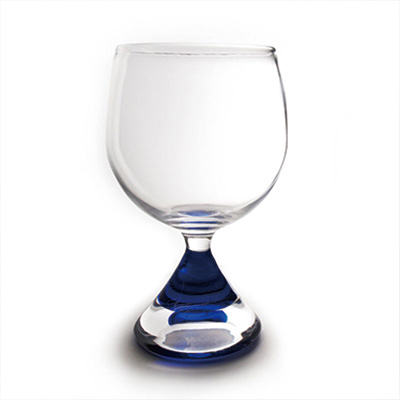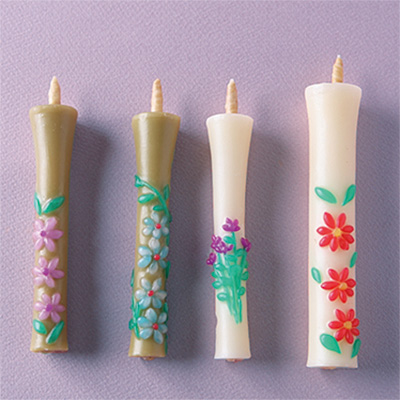その他熊本の工芸品/Other Traditional Crafts of Kumamoto
その他熊本の工芸品について
花ござ
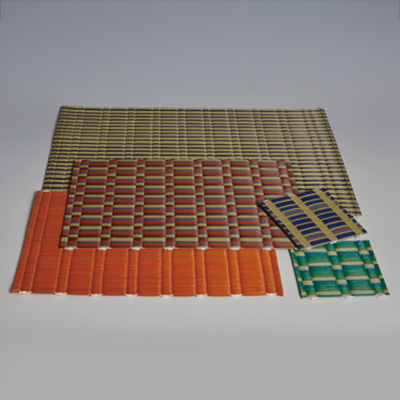
屋根飾瓦細工

鯱
宇城市小川地区で産出する良質の瓦粘土をヘラで形を整え、乾燥した後、磨き焼き上げます。鬼瓦、置物として利用されています。古寺の瓦を葺き替える時、鬼瓦の裏に製造年月日がかかれていることがありますが、それによると200〜300年も前の鬼瓦が雨風にさらされながら現在も使用されていることがわかります。従来、宇土・小川地区では、良質の瓦粘土が産出され、それを利用した生産技術が伝承されています。熊本に石膏型が入ったのは昭和初期で、近年は多様化、高級化の時代になりつつあり、型の変わったもの、品質、美観ともに良い手作りの品が求められています。また、装飾置物としての需要も多くなっています。
太鼓

かずら細工

かずら細工は、山野に自生するかずらを編んだもので、籠やザル等の日用生活用品が作られています。最近は部屋の飾りとして使われるものが多くなりました。植物繊維であるツタ、かずらを使った籠は、古くは約5000年前の縄文時代前期の貝塚から出土した例があり、古代から籠を編む技術があったことを実証しています。このかずら細工は、主に背負い籠、腰籠などの生活用具づくりとして、阿蘇地方では江戸時代末頃から昭和20年代頃まで盛んに行われてきたものです。化学繊維を使った籠におされ、山の植林が進むとともに、原材料不足でほとんど作られなくなってきていますが、壁飾り、花入れなど高い人気があります。
漆工/鮫皮漆塗細工
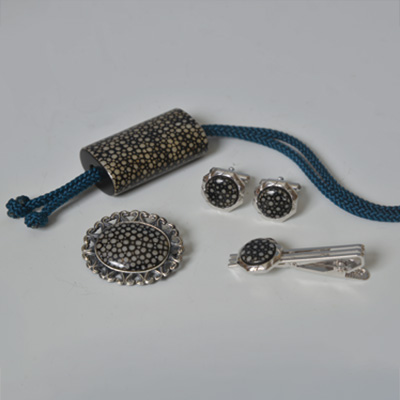
鮫皮漆塗細工
地唄三絃の駒・撥
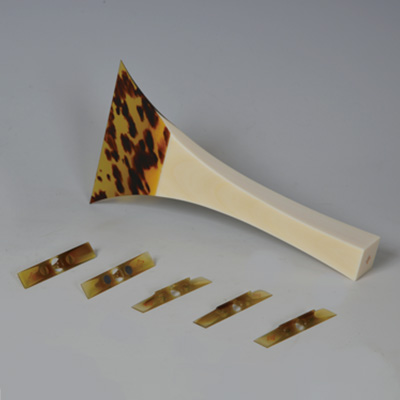
地唄三絃の駒・撥
ガラス
和ろうそく
その他の県内工芸品
肥後柄巻
※現在は制作されていません。出田みの
※現在は制作されていません。
花ござ/屋根飾瓦細工/太鼓/かずら細工/漆工/鮫皮漆塗細工/地唄三絃の駒・撥/ガラス/和ろうそくAbout Other Traditional Crafts of Kumamoto
Hanagoza

Yatsushiro City in Kumamoto Prefecture is a major producer of rushes, the grass used to make Japanese tatami mats. Hanagoza are mats of various sizes woven from these rushes and have been produced since the Meiji Period. In addition to rug-like mats, kitchen table placemats and coasters are also made.
Decorative Roof Tiles

Decorative roof tiles are found on the roofs of Japanese houses. Roof ornaments are made in the shapes of ogres and “shachi,” a mythical creature with the head of a dragon and the body of a carp. High quality clay from the Ogawa area in Uki City is used and shaped with aspatula, dried, and thenfired to give it a glossy finish.In addition to these roof tiles and ornaments, there is an increasing demand for similar ornaments that can be placed in other areas than the roof.
Drums

Drums have been used since long ago in the religious rites of shrines and temples as well as by farmers to summon rain. The Uto people at one point used very large drums when summoning rain. These drums are made by hollowing out a piece of elm or other wood and then stretching cowhide across the frame. The drum is hollowed out by hand leaving a wavy texture on the inside walls, which creates a unique resonance when the drum is beaten.
Vine Crafts

Vine crafts include baskets, sieves, and other items used in everyday life made by weaving together naturally growing vines.These sorts of crafts were abundantly produced in the Aso region from the mid-1800s to about 1945.More recently, vines are used to make wall decor and flower baskets.
Lacquered Sharkskin

Lacquered Sharkski
Lacquered sharkskin is a type of lacquer art from the Yatsushiro area used to produce jewelry and other accessories. The production of these accessories started about 40 years ago and draws on the techniques used in making lacquer ware for Buddhist religious articles as well as the sharkskin scabbards for Japanese swords. Layers of lacquer are applied to shark or ray skin and then polished. A pattern is produced by polishing down the uneven texture of the skin.
Three-string Instruments

Three-string Instruments
Sangen are a type of “shamisen,” a three-stringed instrument used in Japanese folk music.
During the Meiji Period 150 years ago, there was a famous sangen musician in Kumamoto and folk music was very popular at the time. The plectrums and bridges used to play the sangen are made in Uki City.
The bridge, which supports the instrument’s strings, is made from water buffalo horn with inlaid gold, silver, and lead. The base of the plectrum is made from water buffalo horn or ivory while the tip is made from tortoise shell. Alternative materials for ivory and tortoise shell are currently being sought.
glass
Japanese candles
Hanagoza/Decorative Roof Tiles/Drums/Vine Crafts/Lacquered Sharkskin/Three-string Instruments/glass/Japanese candles
